
Deep in the dark plantations of Galloway, there are lines of long-forgotten grouse butts that lie along the forest rides. Many have tumbled down into ruin, and more moss grows over the old stones with every passing year. These butts are an eerie reminder of days gone by, but it can be hard to imagine grouse being shot on moors that have since become commercial forests. Butts are often all that survives of an old tradition, and it feels strange that they should persist so long after the moors have vanished.
Most of these old butts are made from stacks of dry, unmortared stone. They're wonderful creations, and many would have been topped with sods of peat for camouflage. Given they are made from the very fabric of a place, they often have a sense of permanence, but the truth is that few butts are more than 150 years old. Driven grouse shooting is something of the baby of fieldsports, and it only emerged in force during the late Victorian period. Until that point, grouse had been pursued entirely with dogs on walked up days.
Many of the old purists were disgusted by the idea of driven grouse when it began to gather steam in the 1870s, but the fashion spread like wildfire. The first drives were improvised affairs, and most Guns were expected to crawl into position behind rocks or walls where birds were known to fly. There they would wait until the grouse had passed, then emerge to shoot them from behind.
As the quality of guns improved and shotguns were produced in pairs to support a growing appetite for partridge and pheasant shooting in the lowlands, sporting folk aspired to take two in front and two behind from a comfortable, carefully positioned butt. The word butt may come from the French battue, a formal word for most kinds of driven shooting. Soon it was de rigueur, not only to shoot grouse as they were driven but also to make that shot from the comfort of a butt.
この記事は Shooting Times & Country の June 28, 2023 版に掲載されています。
7 日間の Magzter GOLD 無料トライアルを開始して、何千もの厳選されたプレミアム ストーリー、9,000 以上の雑誌や新聞にアクセスしてください。
すでに購読者です ? サインイン
この記事は Shooting Times & Country の June 28, 2023 版に掲載されています。
7 日間の Magzter GOLD 無料トライアルを開始して、何千もの厳選されたプレミアム ストーリー、9,000 以上の雑誌や新聞にアクセスしてください。
すでに購読者です? サインイン
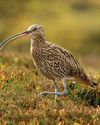
United we stand
Following United Utilities' decision to end grouse shooting on its land, Lindsay Waddell asks what will happen if we ignore our vital moors
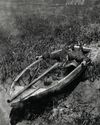
Serious matters
An old gamebook prompts a contemplation on punt-gunning
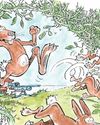
They're not always as easy as they seem
While coneys of the furry variety don't pose a problem for Blue Zulu, he's left frustrated once again by bolting bunnies of the clay sort
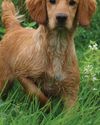
Debutant gundogs
There's lots to think about when it comes to making the decision about when to introduce your dog to shooting
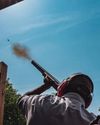
When the going gets rough
Al Gabriel returns to the West London Shooting School to brush up on his rough shooting technique
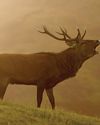
The Field Guide To British Deer - BDS 60th Anniversary Edition
In this excerpt from the 60th anniversary edition of the BDS's Field Guide To British Deer, Charles Smith-Jones considers the noise they make
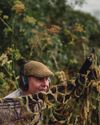
A step too far?
Simon Garnham wonders whether a new dog, a new gun and two different fields in need of protection might have been asking too much for one afternoon's work
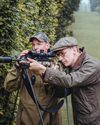
Two bucks before breakfast
A journey from old South London to rural Hertfordshire to stalk muntjac suggests that the two aren't as far detached as they might seem
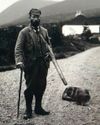
Stalking Diary
Stalkers can be a sentimental bunch, and they often carry a huge attachment to their hill

Gamekeeper
Alan Edwards believes unique, private experiences can help keepers become more competent and passionate custodians of the countryside